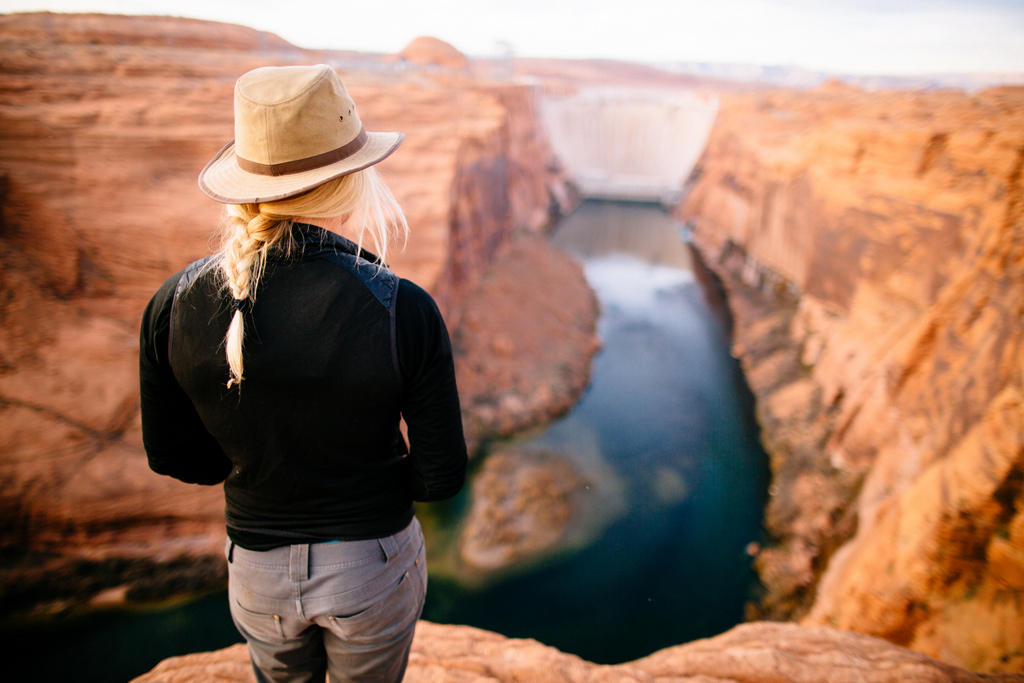
They’re enormous, they’re everywhere, and most aren’t going away.
More than 45,000 massive dams were constructed in the 20th century; today, thousands more are under construction or being planned, mostly in developing nations. These projects’ ostensible purposes are commendable: to provide reliable electricity, to prevent floods, and to ensure safe and stable water supplies for people and agriculture. But these benefits are often eclipsed by the enormous social and environmental damage that large-scale dam projects can cause. And in far too many cases, political and corporate interests rule at the expense of communities and ecosystems.
Dams have become an unavoidable topic in the international boating community. From Chile to East Africa to China, proposed and in-progress hydro projects affect rivers cherished for their ecological, cultural and recreational importance. Meanwhile, here in the U.S., debate simmers over what to do with aging 20th-century dams that look increasingly out of place as new science and technologies emerge, but that still play an important role in communities and the economy.

For those who recreate on rivers, or whose jobs or businesses depend on them—who understand the environmental, economic and spiritual value of free-flowing streams—damming flows, drowning canyons and diverting water can seem nothing short of insane. But would we feel the same way if we lacked clean drinking water? Or if our homes were threatened by seasonal flooding? Or if we had no way to re-charge our iPhones? The issue becomes even more complex when we consider that many boaters, anglers and outfitters benefit from the reliable flows dams deliver.

Numerous stakeholder groups line both sides of the issue, each with its own values, needs and ambitions. While we may not all see eye to eye, it’s important we at least try to see where others are coming from. This year, NRS pledges to approach this subject with as much candor as proponents on both sides of the debate sometimes lack. Throughout the year, we’ll be sharing stories about people uniquely connected to dam-affected rivers in hopes of inspiring the honest and respectful conversation this issue deserves.

Here are three stories to get us started.
Meet Juma Via Kalikwani: an enterprising village boy in Uganda. His beginnings are humble. Growing up on the banks of the Victoria Nile, he finds work helping rafters carry their boats to the river. He eventually gets hired as a safety boater for an outfitter on the Victoria Nile, and later becomes a guide. His earnings make him one of the wealthiest people in his community and help him pay for his education. Life for Juma is good. But then comes a dam, and then another. How will he make his living now?

Meet Sinjin Eberle: an American Rivers conservationist who joined a team of writers and photographers to paddle 87 miles through the American West’s most notorious reservoir, Lake Powell. Sinjin grew up with the stories of the mighty Colorado River flowing through Glen Canyon. A place held dear to his grandmother’s heart, fought for by his aunt, a destination for high school river trips led by his father and a river mourned by his stepmother. Beneath the beleaguered reservoir’s ever-dwindling waters lies one of American’s most spectacular landscapes, while a future full of question marks lies ahead for Lake Powell.

Salween Spring (coming April 2016)
Meet Travis Winn: an American who traveled to China for the first time 15 years ago to join his dad on a first descent of the Headwaters of the Salween River in Tibet. On that first trip Travis realized that most Chinese citizens had no way to get out and experience free-flowing rivers. And later he learned that at the rate these rivers were being dammed, very few people would ever have a chance to see the rivers in their pristine and natural state. Risking his mental and physical health, Travis continues to strive toward his personal goal to bring the Chinese people closer to their rivers.

In the end, there are no easy answers. The issue is as gray as Grand Coulee concrete, and as monumental. The good news is, from Uganda to China to the American Southwest concerned people are asking hard questions.
We believe these questions can be answered only through thoughtful and respectful conversation, and we hope these stories, and others to come, will help inspire it.